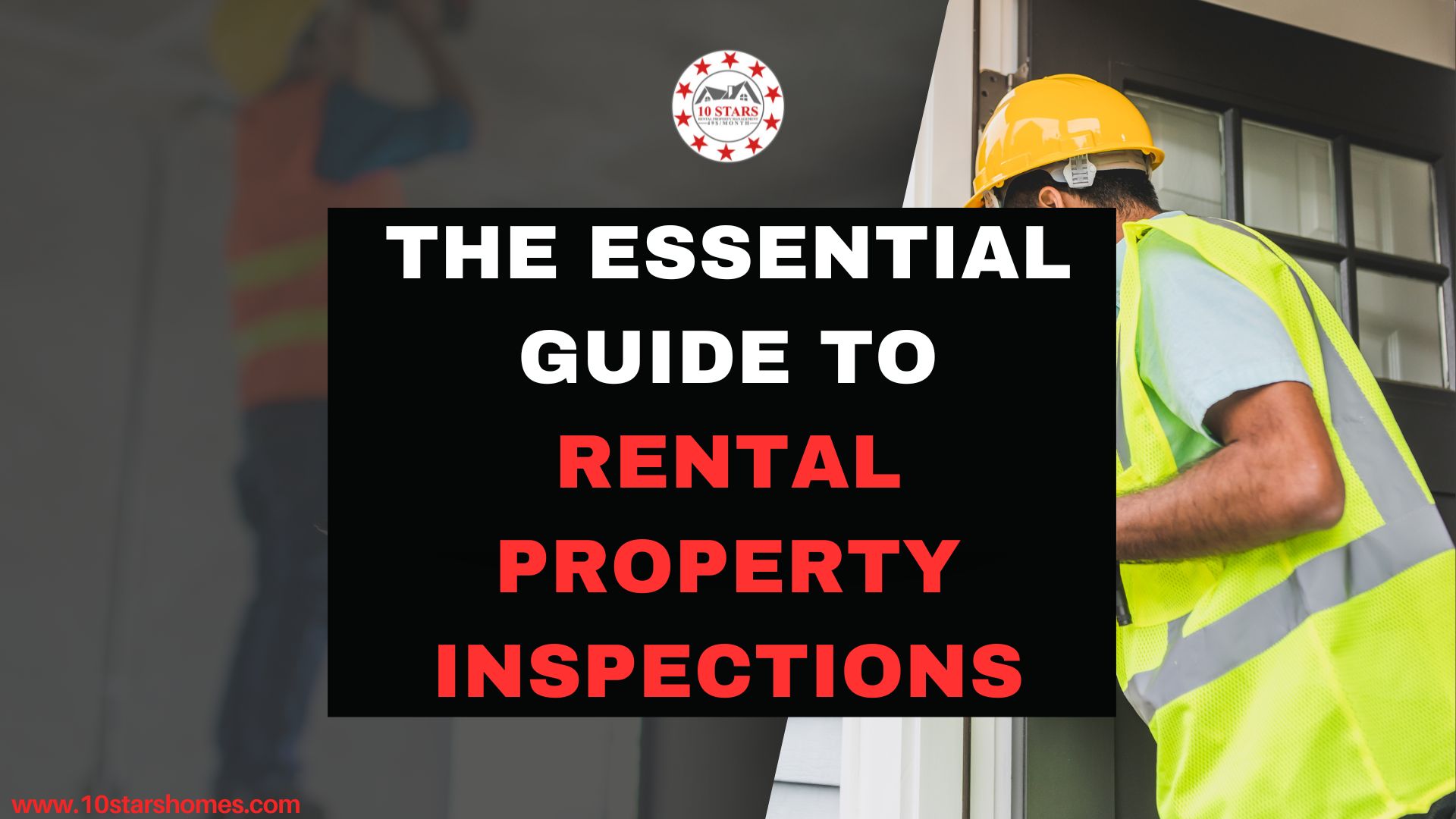A lease agreement is a legally binding document that outlines the terms and conditions between a landlord and a tenant. Whether you’re a landlord looking to rent out a property or a tenant seeking to secure a place to live or operate a business, understanding how to create a lease agreement is crucial. This comprehensive guide will take you through the step-by-step process of crafting a well-structured lease agreement that protects the rights and interests of both parties involved.
-
Understand the Basics of a Lease Agreement
Before delving into the process of creating a lease agreement, it’s essential to have a solid understanding of its fundamental components. A lease agreement typically includes the following:
a. Parties involved: Identify the landlord (lessor) and tenant (lessee) by providing their full legal names and contact information.
b. Property details: Clearly describe the property being leased, including the address, unit number (if applicable), and any specific areas or amenities included.
c. Lease term: Specify the duration of the lease, whether it’s a fixed term (e.g., one year) or a month-to-month agreement.
d. Rent and deposit: Clearly state the monthly rent amount, due date, and acceptable payment methods. Additionally, outline any security deposit or pet deposit requirements.
e. Maintenance responsibilities: Determine the responsibilities of both the landlord and tenant regarding property maintenance, repairs, and utilities.
f. Rules and restrictions: Outline any rules, regulations, and restrictions governing the use of the property, such as noise restrictions, pet policies, and smoking regulations.
g. Termination and renewal: Specify the notice period required for terminating the lease agreement and any procedures for lease renewal.
-
Conduct Research and Consult Local Laws
Laws regarding lease agreements can vary by jurisdiction. It is essential to research and understand the specific legal requirements and regulations that apply to your location. Consult local landlord-tenant laws, housing authorities, or legal professionals to ensure your lease agreement complies with all necessary regulations.
a. Local laws and regulations: Familiarize yourself with local laws regarding security deposits, rent control, habitability requirements, and eviction processes. These laws can significantly impact the terms of your lease agreement.
b. Fair Housing Act: Ensure your lease agreement complies with federal fair housing laws, which prohibit discrimination based on race, color, religion, sex, disability, familial status, or national origin.
-
Customize the Lease Agreement
Now that you have a solid understanding of the basic components and legal requirements, it’s time to customize the lease agreement to suit your specific needs. Consider the following factors:
a. Add specific terms: Tailor the lease agreement to address unique aspects of the property or any special arrangements agreed upon by the landlord and tenant. This may include provisions for parking, maintenance responsibilities, or use of shared facilities.
b. Rent payment details: Clearly outline the amount of rent, due date, acceptable payment methods, and any late fees or penalties for missed or delayed payments.
c. Security deposit and pet policies: Specify the amount of the security deposit, any conditions for its return, and rules regarding pets, if applicable.
d. Maintenance and repairs: Clearly define the responsibilities of both parties regarding property maintenance, repairs, and utilities. Include information about who is responsible for landscaping, pest control, and regular maintenance tasks.
e. Insurance requirements: Consider including clauses that require tenants to obtain renter’s insurance to protect their personal belongings and provide liability coverage.
f. Renovations and alterations: Specify whether tenants are allowed to make alterations or improvements to the property and under what conditions.
g. Dispute resolution: Outline a process for resolving disputes, such as mediation or arbitration, to avoid costly legal battles.
h. Entry and inspection: Clarify the circumstances under which the landlord can enter the property for inspections or repairs and the required notice period.
i. Subletting and assignment: Specify whether subletting or assigning the lease agreement to another party is allowed and under what conditions.
j. Default and eviction: Clearly outline the consequences of defaulting on rent payments or violating the terms of the lease agreement, including the eviction process.
-
Seek Legal Review and Approval
To ensure the legality and enforceability of your lease agreement, it’s advisable to have it reviewed by a legal professional familiar with landlord-tenant laws in your jurisdiction. They can help identify any potential issues, ensure compliance with local regulations, and provide valuable insights into protecting your rights as a landlord or tenant.
-
Include Necessary Attachments and Disclosures
Certain jurisdictions require specific attachments and disclosures to be included with the lease agreement. These may include:
a. Lead-based paint disclosure: If the property was built before 1978, federal law requires the landlord to disclose the potential presence of lead-based paint.
b. Move-in and move-out inspection checklist: Provide a detailed checklist for documenting the property’s condition at the beginning and end of the tenancy.
c. Smoke and carbon monoxide detectors: Inform tenants about the location and proper functioning of smoke and carbon monoxide detectors.
d. Other local requirements: Research local requirements for additional attachments or disclosures that may be necessary in your jurisdiction.
-
Sign and Retain Copies
Once the lease agreement is complete, both the landlord and tenant should sign and date the document. It’s crucial for each party to retain a copy of the signed lease agreement for their records. Additionally, consider providing a copy to a trusted third party, such as a property management company or legal advisor, to ensure safekeeping.
Conclusion
Creating a lease agreement requires careful attention to detail, customization to fit specific needs, and compliance with local laws. By understanding the fundamental components, conducting thorough research, and seeking legal advice, you can create a comprehensive and legally sound lease agreement that protects the rights and interests of both parties involved. Remember, a well-crafted lease agreement sets clear expectations and can help foster a positive landlord-tenant relationship while minimizing potential disputes or misunderstandings.





